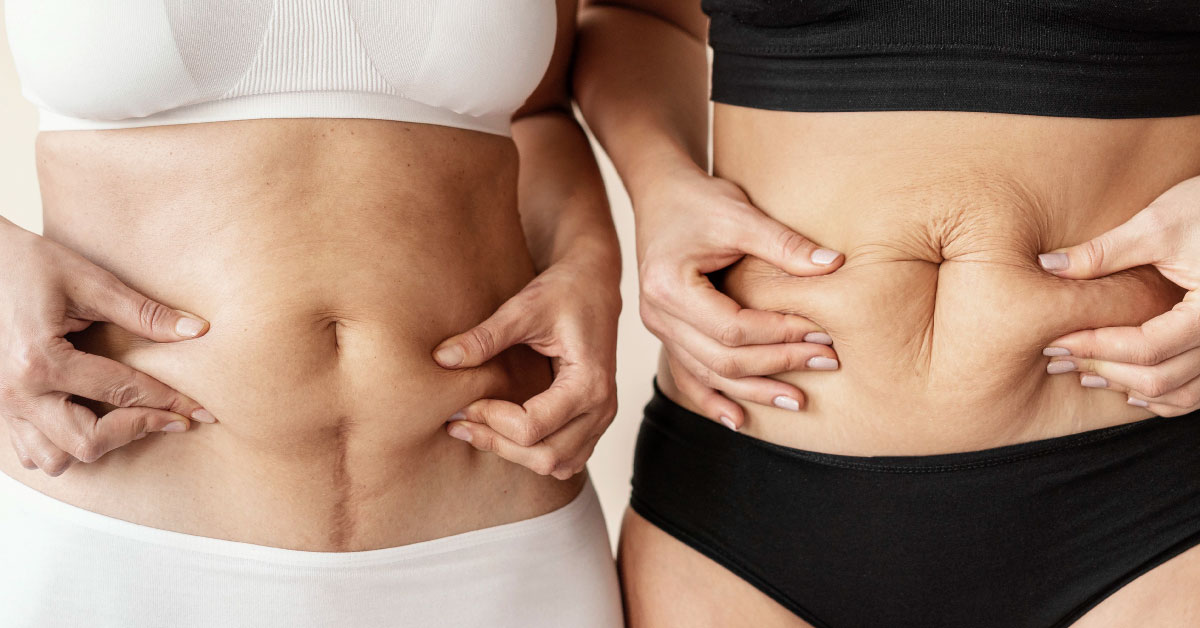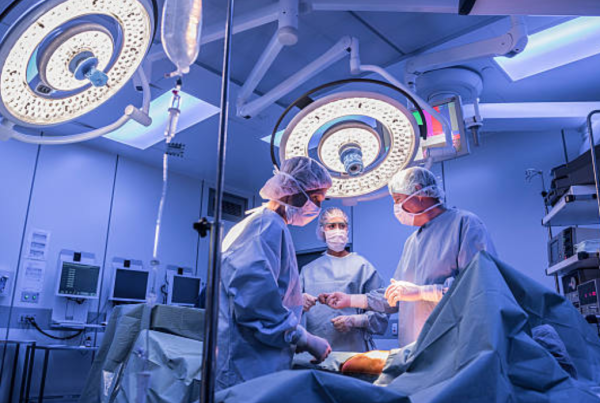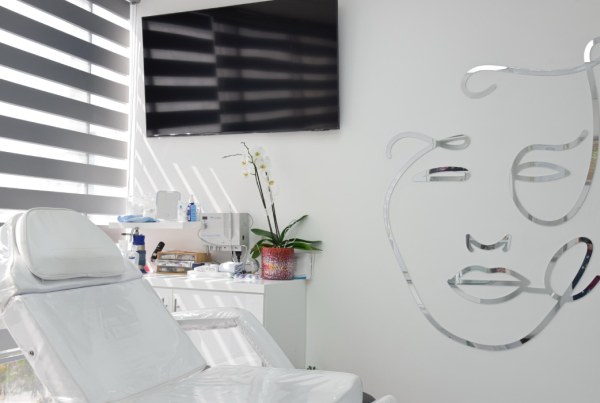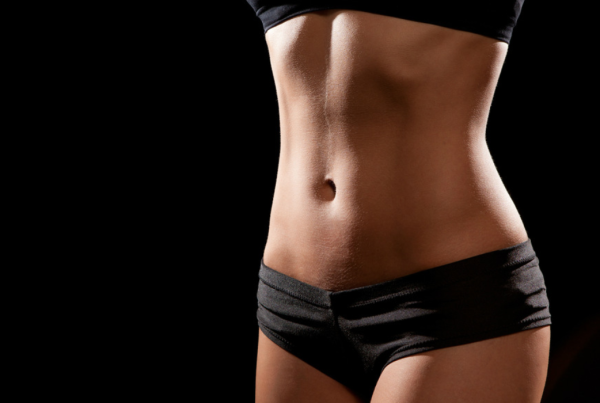The question Does Tijuana offer laser liposuction with certified surgeons? has become increasingly common among
international patients comparing destinations for safe, high-quality body contouring. Interest in
laser-assisted liposuction in Tijuana, the availability of SmartLipo in Mexico, and care from a
board-certified plastic surgeon in Tijuana continues to rise, especially among women seeking precise definition with
modern energy-based tools. This guide unifies what matters most: how laser liposuction works, which certifications and
settings to look for, who qualifies, and how to combine technologies for smoother, more predictable outcomes.
Does Tijuana offer laser liposuction with certified surgeons?
Yes. Laser-assisted liposuction (often called “lipo laser” or SmartLipo) is available in Tijuana and performed by
certified specialists working in accredited operating environments. It is one option within a larger toolkit that also
includes tumescent, power-assisted, ultrasound-assisted, radiofrequency-assisted, and water-jet techniques. In real-world
practice, surgeons frequently build hybrid plans—selecting the right modality for each area to reduce trauma and
improve surface regularity.

How laser-assisted liposuction works
Laser-assisted liposuction uses a thin optical fiber to deliver thermal energy into subcutaneous fat. Heat promotes
adipocytolysis (fat cell disruption) and may stimulate collagen, which can contribute to mild tightening in small or
moderate zones. Emulsified fat is still removed with gentle suction through micro-cannulas. Because energy is involved,
thermal discipline—continuous motion, temperature limits, and a protective tumescent “buffer”—is critical.
Institutional guidance underscores that liposuction is a body-contouring procedure rather than a weight-loss method; it
requires careful candidacy screening, anesthesia planning, and structured aftercare. See
Mayo Clinic and the
American Board of Cosmetic Surgery
for foundational principles on safety, recovery expectations, and risk counseling.
Other advanced options women compare in Tijuana
Ultrasound-Assisted Liposuction (UAL / VASER)
Ultrasound energy selectively disrupts fat to ease extraction, particularly in fibrous zones like upper abdomen, flanks,
and back. Many patients compare laser with ultrasound before deciding. For anatomy-guided sculpting that often pairs
with VASER, review
HD Liposculpture in Tijuana, and for ultrasound specifics explore
Vaser Liposuction in Tijuana.
Power-Assisted Liposuction (PAL)
PAL uses a micro-oscillating cannula to separate fat with less manual force, improving efficiency in dense adipose and
helping maintain smooth planes. PAL is a frequent choice for multi-area female contouring when consistency and control
are priorities.
Radiofrequency-Assisted Liposuction (RFAL)
Bipolar radiofrequency can enhance dermal contraction in mild-to-moderate laxity. It does not replace surgical lifting,
but in selected candidates it adds a welcome tightening boost when paired with precise suctioning.
Water-Jet Assisted Liposuction
A fan-shaped fluid jet gently dislodges fat before aspiration, which may reduce bruising and create soft transitions
across the borders of treated and untreated areas.
Choosing between laser, ultrasound, and PAL
There is no universal “best.” Selection depends on the interplay of skin elasticity, fat density, previous scars, and
definition goals. A practical algorithm many surgeons follow:
Skin quality
Mild laxity in small zones (arms, submental, peri-umbilical lines) often benefits from laser-assisted heat; moderate
laxity across wider fields may respond better to radiofrequency-assisted plans, acknowledging limits of non-excisional
tightening.
Fat characteristics
Dense or fibrous fat favors ultrasound (UAL/VASER) or PAL for efficient dislodgement while preserving the superficial
plane. Both approaches can reduce surgeon effort and may help minimize contour irregularities.
Definition goals
When the plan includes an athletic outline, surgeons often combine energy-assisted disruption with meticulous suction
and strategic fat preservation to highlight natural lines. For a deeper look at anatomy-driven plans, see
HD Liposculpture in Tijuana.
Candidate profile and when to wait
Good candidates: stable weight; localized, diet-resistant deposits; good skin elasticity; non-smokers; realistic
expectations; time for garments and follow-ups. Consider postponing: uncontrolled medical issues; severe skin
excess better served by excisional lifting; active smoking; inability to comply with compression and recovery steps.
Safety standards to expect in Tijuana
Look for board certifications and memberships aligned with continuous education and global safety frameworks—for
example, the International Society of Aesthetic Plastic Surgery (ISAPS).
Expect an accredited OR environment with anesthesia monitoring, full resuscitation capabilities, and documented
protocols to prevent thromboembolic events when indicated.
Thermal discipline in energy-based liposuction
Safe energy use relies on motion, device-specific temperature limits, tumescent “buffering,” and continuous feedback.
These steps aim to control thermocoagulation of small vessels while protecting the dermis and subdermal plexus.
Procedure flow and recovery
Most laser-assisted plans follow a consistent arc: pre-operative marking and anesthesia plan; sterile tumescent
infiltration; controlled fat disruption (laser or ultrasound as indicated); meticulous aspiration with layered passes;
hemostasis; and garment placement. Early ambulation is encouraged.
Typical milestones
- Light activity: 3–7 days
- Early contour: 4–8 weeks
- Final definition: 3–6 months with consistent garment use and edema control
What influences pricing without quoting fixed numbers
Fees vary with the number of areas, technique mix (e.g., laser + PAL), OR/anesthesia time, garments, and structured
aftercare. Patients traveling from the U.S. often prefer bundled packages (virtual consults, peri-op labs, compression
garments, drainage sessions, and check-ins) to simplify logistics and budgeting. Request a written inclusions list to
avoid surprises.
Planning a comprehensive result
Many women pair body contouring with complementary procedures to balance upper and lower frames. For examples and
indications, review options like
Breast Surgery or staged combinations within a
Mommy Make Over, depending on goals and recovery windows.
FAQs
Does Tijuana offer laser liposuction with certified surgeons?
Yes. Certified specialists perform laser-assisted liposuction in accredited settings. Results depend on candidacy, the
technique blend, and adherence to aftercare.
Is laser-assisted always safer than other options?
“Safer” depends on your anatomy and the indication. Laser may reduce bruising in small areas with mild laxity; PAL or
ultrasound can be preferable in dense, fibrous fat. The surgeon’s judgment and thermal control matter more than the
brand of device.
Will liposuction remove cellulite?
Liposuction targets fat, not the fibrous septae at the root of cellulite. Some patients see texture improvement from
modest tightening, but it is not a cellulite treatment per se.
How long do results last?
Removed fat cells do not return, but weight gain can enlarge remaining cells elsewhere. Stable habits and weight help
preserve shape.
Can I combine laser lipo with fat transfer?
Yes. In appropriately selected cases, harvested fat can be refined and transferred to areas like hips or buttocks to
improve proportion. Staging may be advised to optimize recovery.
Next step: from research to a mapped plan
If you’re evaluating laser-assisted liposuction in Tijuana, align expectations with your anatomy, timeline, and recovery
capacity. Compare laser, ultrasound, and PAL based on goals, then request a written plan covering technique selection,
garment protocol, follow-ups, and milestones. For anatomy-driven strategies and ultrasound specifics, start with
HD Liposculpture in Tijuana and
Vaser Liposuction in Tijuana.



